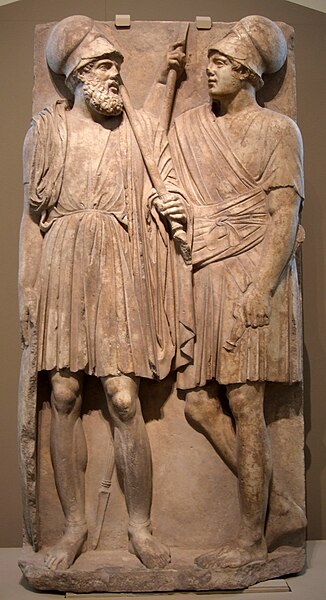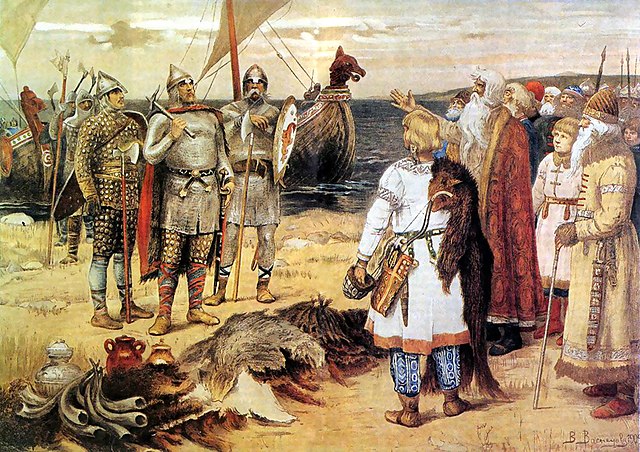The history of Russia begins with the histories of the East Slavs. The traditional start date of specifically Russian history is the establishment of the Rus' state in the north in 862, ruled by Varangians. In 882, Prince Oleg of Novgorod seized Kiev, uniting the northern and southern lands of the Eastern Slavs under one authority, moving the governance center to Kiev by the end of the 10th century, and maintaining northern and southern parts with significant autonomy from each other. The state adopted Christianity from the Byzantine Empire in 988, beginning the synthesis of Byzantine and Slavic cultures that defined Russian culture for the next millennium. Kievan Rus' ultimately disintegrated as a state due to the Mongol invasions in 1237–1240. After the 13th century, Moscow emerged as a significant political and cultural force, driving the unification of Russian territories. By the end of the 15th century, many of the petty principalities around Moscow had been united with the Grand Duchy of Moscow, which took full control of its own sovereignty under Ivan the Great.

The Millennium of Russia monument in Veliky Novgorod (unveiled on 8 September 1862)
Stele with two Hellenistic soldiers of the Bosporan Kingdom; from Taman Peninsula (Yubileynoe), southern Russia, 3rd quarter of the 4th century BC; marble, Pushkin Museum
Calling of the Varangians by Viktor Vasnetsov
The sacking of Vladimir by Batu Khan in February 1238
The term serf, in the sense of an unfree peasant of tsarist Russia, meant an unfree person who, unlike a slave, historically could be sold only together with the land to which they were "attached". However, this stopped being a requirement by the 19th century, and serfs were practically indistinguishable from slaves. Contemporary legal documents, such as Russkaya Pravda, distinguished several degrees of feudal dependency of peasants. While another form of slavery in Russia, kholopstvo, was ended by Peter I in 1723, the serfdom was abolished only by Alexander II's emancipation reform of 1861; nevertheless, in times past, the state allowed peasants to sue for release from serfdom under certain conditions, and also took measures against abuses of landlord power.
A Peasant Leaving His Landlord on Yuriev Day, painting by Sergei V. Ivanov
Vengeance of Serfs. Engraving by Charles Michel Geoffroy, 1845
Punishment with a knout
Selling serfs at an auction, Klavdy Lebedev








